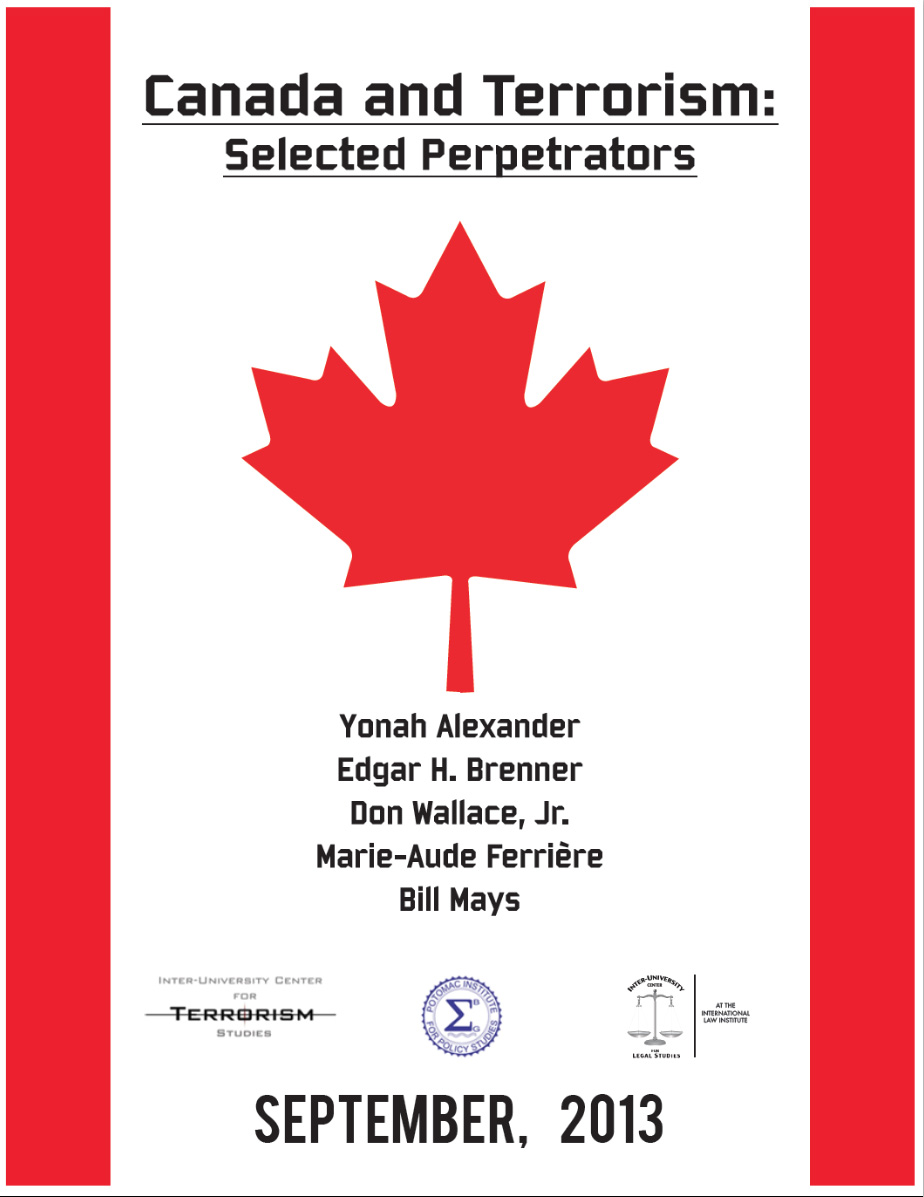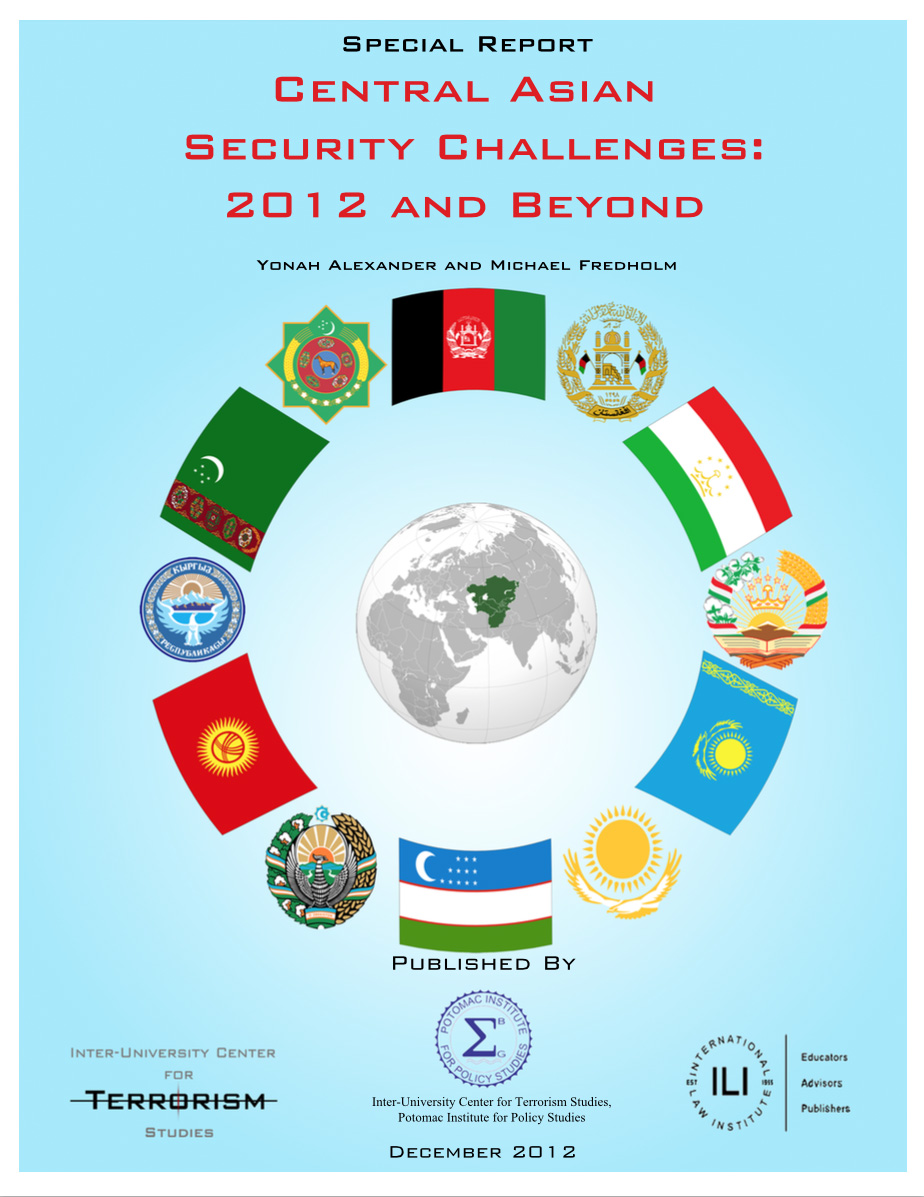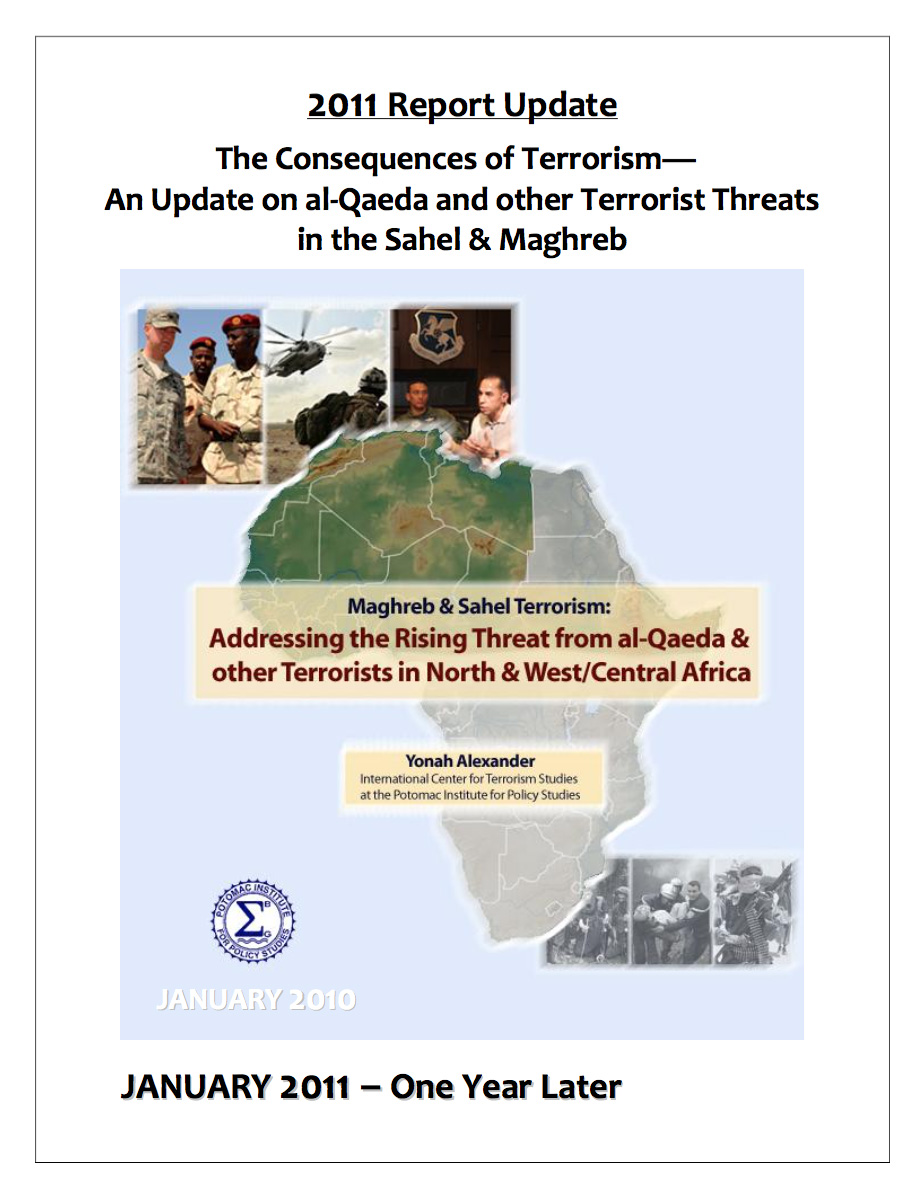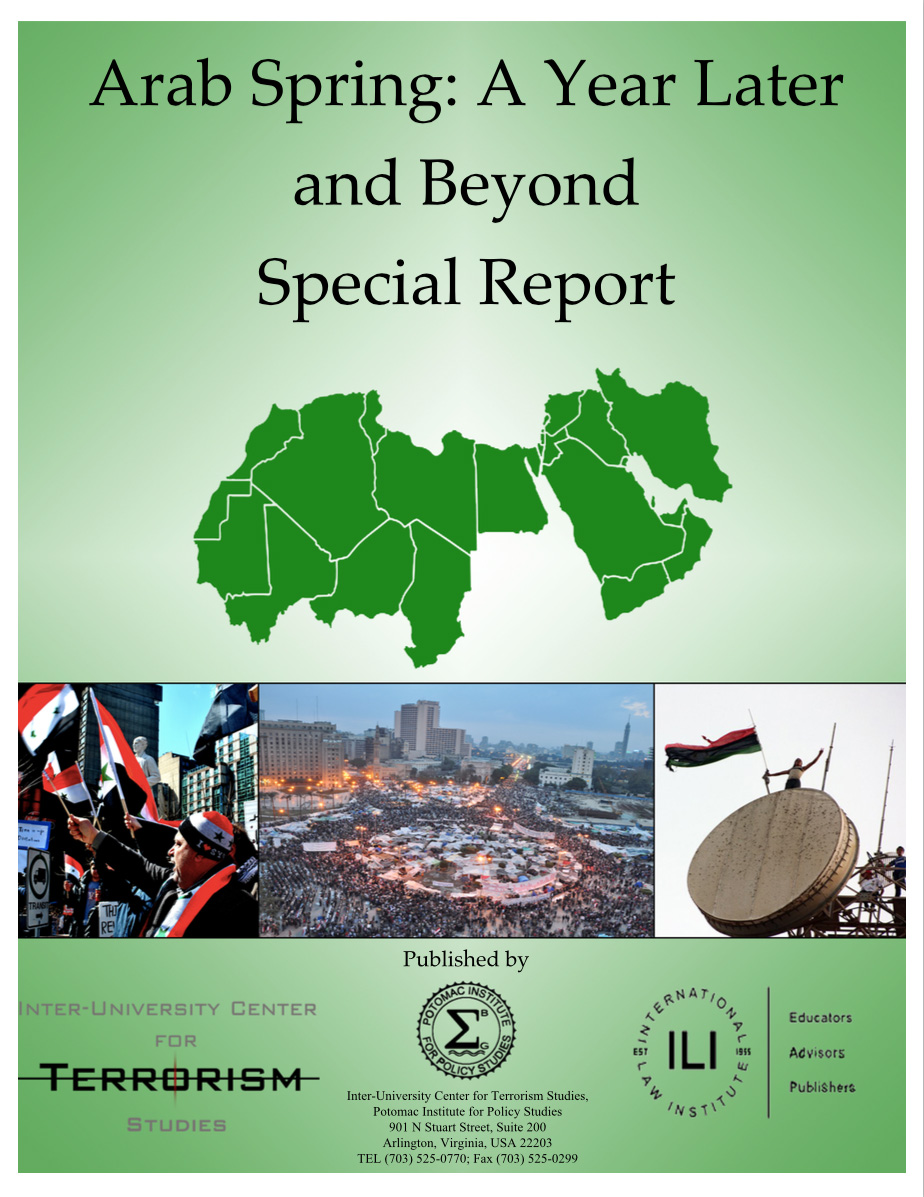Publications
 Canada's experience with homegrown "foreign affinity" terrorism, namely threats with international connections, are expanding. In 2013, for example, Canadian citizens inspired by Al-Qa’ida's ideology, plotted to bomb the British Columbia legislature in Victoria as well as derail a New York City-Montreal train full with innocent passengers. And it has been reported that Canadian nationals have joined the al-Shabaab terrorist group that attacked a mall in Nairobi (Kenya) and others have participated in operations elsewhere, including Algeria, Yemen, Syria, and Pakistan.
Canada's experience with homegrown "foreign affinity" terrorism, namely threats with international connections, are expanding. In 2013, for example, Canadian citizens inspired by Al-Qa’ida's ideology, plotted to bomb the British Columbia legislature in Victoria as well as derail a New York City-Montreal train full with innocent passengers. And it has been reported that Canadian nationals have joined the al-Shabaab terrorist group that attacked a mall in Nairobi (Kenya) and others have participated in operations elsewhere, including Algeria, Yemen, Syria, and Pakistan.
The report on “Canada and Terrorism: Selected Perpetrators” (published in September 2013) provides a context for understanding the challenge of radicalization, extremism and violence in Canada that is rooted in regional, ethnic and political conflicts at home and abroad. Selected profiles of Canadian citizens as well as foreigners residing in Canada personify the ugly face of the terrorist challenges.
The research for this study initially began in 2006 and completed in Spring 2013. A larger study on "Canada and Terrorism: Threats and Responses" is expected to be completed in 2014. This work is undertaken by the Inter-University Center for Terrorism Studies (administered by both the International Center for Terrorism Studies at Potomac Institute for Policy Studies and the Inter-University Center for Legal Studies at the International Law Institute). Professor Edgar H. Brenner, the late co-director of the Inter-University Center for Legal Studies and Professor Yonah Alexander, director of the Inter-University Center for Terrorism Studies are the principal investigators of the study. Academic support is provided by Professor Don Wallace Jr., Chairman, International Law Institute; Bill Mays, International Law Institute; and Marie-Aude Ferrière, Université Paris II Pantheon Assas- France.
For further information, please contact the Inter-University Center for Terrorism Studies at the Potomac Institute for Policy Studies, 901 North Stuart Street Suite 200 Arlington, VA 22203 Tel.: 703-525-0770
Email: This email address is being protected from spambots. You need JavaScript enabled to view it., ICTS@ potomacinstitute.org
 This report details the local, national and regional security challenges which the nations of Central Asia currently face. Given the growing international demand for energy and raw materials, this region importance to the international community increases daily. The vast geographical and demographic differences have already been, and will continue to be, a source of contention between state and non-state actors alike for years to come.
This report details the local, national and regional security challenges which the nations of Central Asia currently face. Given the growing international demand for energy and raw materials, this region importance to the international community increases daily. The vast geographical and demographic differences have already been, and will continue to be, a source of contention between state and non-state actors alike for years to come.
 2011 Report Update:
2011 Report Update:
The Consequences of Terrorism—Update on al-Qaeda and other Terrorist Threats in the Sahel & Maghreb
Yonah Alexander
We learn from history that nothing is permanent in world affairs. Empires, nations, and people rise and decline, and others take their place. The only certainty is uncertainty and consequently a realistic analysis of factors that contribute to stability or instability of national, regional, and global security frameworks is critical.
Tragically, the Maghreb – Algeria, Libya, Mauritania, Morocco, and Tunisia – as well as adjacent parts of the Sahel – Chad, Mali, and Niger – have emerged as one of the most worrying strategic challenges to the international community, and yet for decades these regions have mostly been neglected by United States diplomacy. Consider, for example, the empirical data generated since September 11, 2001.
Terrorist attacks by al-Qaeda in the Islamic Maghreb (AQIM) and other extremist groups in both the Maghreb and Sahel increased 558% from their low during the period to a new high of 204 attacks in 2009, and remain dangerously high, with 178 in 2010. Thus, over the past nine years, more than 1,100 terrorist bombings, murders, kidnappings, and ambushes against both domestic and international targets have claimed almost 2,000 lives and 6,000 victims of violence. Moreover, according to open intelligence sources and a recent fact- finding trip to the region in January 2011, there exists growing evidence that AQIM, local traffickers, and possibly members of the Polisario are forming links with Latin American organized criminal groups for trafficking drugs and humans via transit networks into Europe.
What is particularly of grave concern is that AQIM, jointly with the other al-Qaeda affiliates (e.g. al-Qaeda in the Arabian Peninsula – AQAP – operating in Yemen, as well as al- Shabaab members in Somalia) currently and for the foreseeable future, represent a most dangerous threat both regionally and inter-regionally. Clearly in the failed and fragile states bordering the Sahara, al-Qaeda has established a safe haven and breeding ground for its activities.
Two major concerns feed into this arc of instability that stretches from the Red Sea and is poised to reach to the Atlantic. First, is the lingering 35-year old Western Sahara conflict, which is creating an opening for AQIM’s expansion and also recruitment of hard-core Polisario members among the Sahrawi refugee camps in Algeria, further complicating the viability of a diplomatic resolution for the Western Sahara issue.
And second, the sudden and explosive recent popular street protests in Tunisia that ousted the authoritarian President, Zine el-Abidine Ben Ali, who had ruled the country for 23 years, open up the possibility that al-Qaeda will attempt to take advantage of the unfolding drama in its effort to destabilize the region.
 Currently, one year after the beginning of the unprecedented explosion of the Arab Spring, the only certainty about future developments in the broader Middle East is uncertainty, and therefore the United States’ strategic and tactical responses are understandably at a foggy cross-road. It is for this reason that a realistic analysis of the factors that contribute to stability or instability in the turbulent region is critical if America, as well as its friends and allies, are adequately prepared to craft a pragmatic approach in this emerging security environment.
Currently, one year after the beginning of the unprecedented explosion of the Arab Spring, the only certainty about future developments in the broader Middle East is uncertainty, and therefore the United States’ strategic and tactical responses are understandably at a foggy cross-road. It is for this reason that a realistic analysis of the factors that contribute to stability or instability in the turbulent region is critical if America, as well as its friends and allies, are adequately prepared to craft a pragmatic approach in this emerging security environment.
